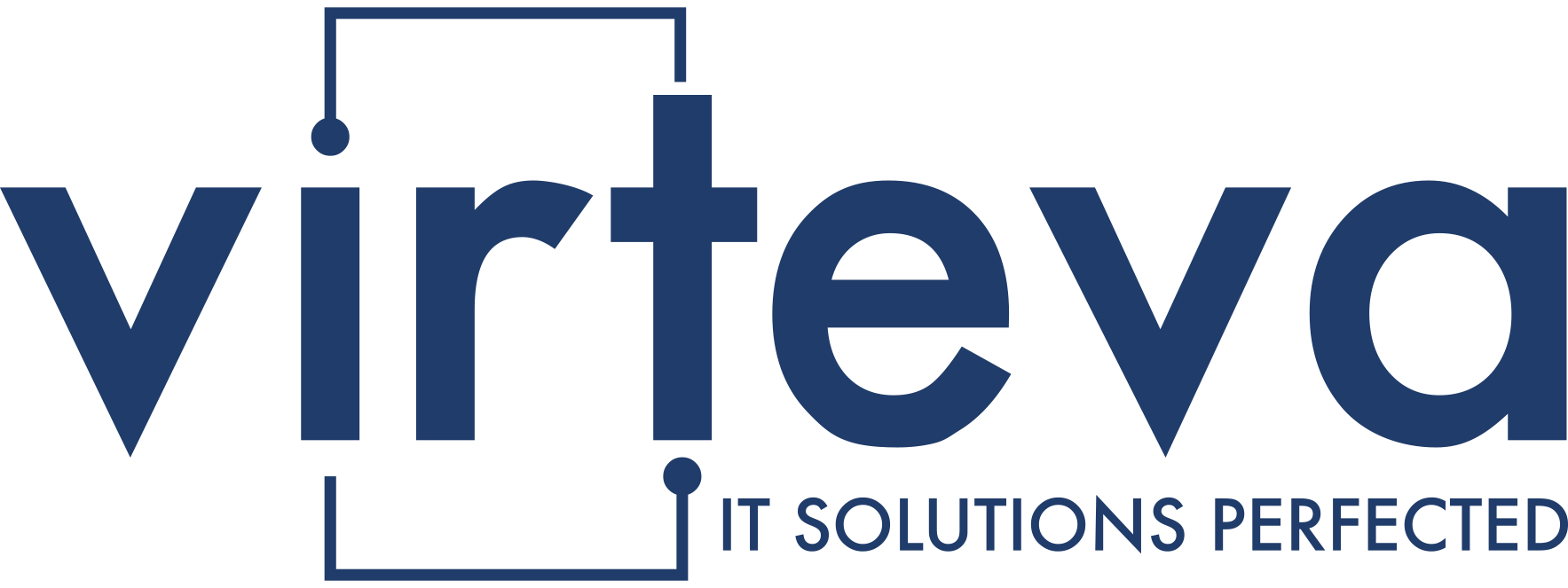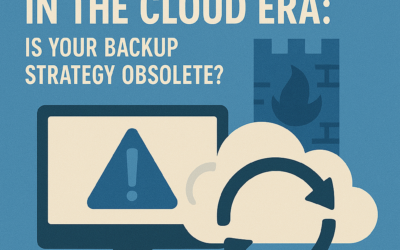Microsoft 365 cloud services are far more than just “email in the cloud” or a package of Outlook, Word, Excel, and PowerPoint. What many organizations don’t realize is that a lot of the tools that come with Microsoft 365 Enterprise can supplement or even fully replace the functions of other third-party security, management, or productivity tools. This saves your company money on its IT budget and significantly enhances the security and functionality amongst your users. In fact, there are dozens of services and features included with most licenses that encompass:
- Email and calendaring
- Reamwork and communication
- File storage, sharing, and collaboration
- Security and compliance
However, companies often neglect exploring the full extent of what they own in their Microsoft 365 licensing. They don’t look beyond the classic Office suite and email functions and don’t even realize the depth and breadth of services and solutions that they’re just sitting on. There are myriad third-party applications that Microsoft 365 can help your company eliminate.
Explore your Microsoft Cloud environment with the Microsoft 365 Crash Course
To help you figure out what might work for you, we’ve put together four Microsoft 365 cloud services and features to leverage instead of other common third-party applications, so you can ultimately reduce your technical debt and significantly enhance your users’ experience and ability to get work done.
Replace Cisco Jabber, Citrix GoToMeeting, and Zoom With Microsoft Teams
The market is flooded with teamwork and communication tools that contain some of the same features as Microsoft Teams. Companies will buy third-party tools for a variety of reasons including functionality, available integrations, or they simply came in at the right price. But we’ve found that Teams is the ultimate aggregator of communication and collaboration tools in Microsoft’s Cloud services that enables users to work together far more efficiently.
With Microsoft Teams, you get:
- A full instant messaging platform with presence
- Phone and video conferencing capabilities
- Enhanced file sharing
- Seamless integration with OneDrive, SharePoint, and OneNote
All of these capabilities in one platform, and Microsoft Teams is already available in your Microsoft 365 environment.
Replace Box, Dropbox, and Mapped Drives With OneDrive For Business And SharePoint Online
Microsoft 365 can easily and effectively replace Box, Dropbox, DFS-based mapped drives, and many other file storing and sharing technologies. Many organizations rely on Dropbox and Box for document management and version control without realizing they already own the same, or better functionality.
The lure of Dropbox is that it’s free for up to 2GB of storage. That makes it a great solution for personal use, but its limited in any other capacity. The layout is basic, and it has neither version control functionality nor advanced security.
Box, on the other hand, has some advanced features designed for corporate use, including version control, but lacks other commonly-desired security and usability features. Additionally, it has challenges when integrating it with File Explorer since it isn’t a native Microsoft application.
With OneDrive for Business and SharePoint Online, you get all of the features of Box with a plethora of security features and integration with all of the other Microsoft Cloud services in Microsoft 365, minus the hefty price tag.
But perhaps most commonly, we see organizations storing data locally on individual devices. The risk here is if that device becomes compromised, then all that locally stored data will be lost in the reimaging process. Companies who utilize OneDrive and SharePoint can reduce this risk and better contain the damage caused by a malicious party. They can take any compromised device out of rotation and give the employee a new one with all their data still intact. And with Microsoft Defender, you can even protect your data at the file level so any corrupted files won’t wreak havoc on the new device.
Replace AirWatch, MobileIron, or Maas360 With Intune for Mobile Device Management (MDM) and Mobile Application Management (MAM)
Many companies have adopted a BYOD (Bring Your Own Device) culture, allowing employees to use their personal devices for professional work. But with this comes substantial management and security concerns around device management, data security, and controlling access. Does your average end-user use a passcode or biometrics to access corporate data on their devices? If it gets lost, do they have a way to remotely wipe company data?
As a result, MDM and MAM solutions are an important aspect of your IT environment. A Microsoft Intune license is needed to control access on devices inside and outside of the company’s network. Intune can connect to SCCM, Exchange, and Exchange Online in order to perform criteria-based access. It gives administrators the ability to wipe the entire device or only company data and allows packaged applications to be published and deployed through Intune.
MDM is similar to other traditional MDM solutions where the whole device is enrolled and managed by the MDM policy. The policy options include:
- Require the device to be encrypted
- Require a pin to unlock it
- Prevent enrolling jailbroken or rooted devices
- Set minimum and maximum OS versions
MAM works by associating users to policies on how to secure company data at the application level. These MAM policies can protect those applications by encrypting just the company data while leaving the rest of the phone as is, require a pin to access the applications, prevent backups (iCloud), selective remote wipe, prevent copying and pasting company data to other non-managed apps, prevent printing, or prevent saving company data outside of the managed applications.
Replace SurveyMonkey with Microsoft Forms
If you’ve ever had to create a survey, then you’ve probably heard of SurveyMonkey. Companies often rely on SurveyMonkey for their survey needs, but trying to get meaningful results from the data can be tricky without building an integration to another platform.
With Microsoft Forms you get automatic integration with the rest of your Microsoft environment. So not only can you embed these forms on your website, blog, or learning management systems, you can easily extract the data. This allows you to review and report on the raw data, or easily load it into PowerBI, Microsoft’s data visualization solution, to analyze your data at an even deeper level.
In addition to better reporting and a more simplified, user-friendly interface, Forms is more flexible in letting individuals and small teams utilize it on demand to create their own surveys and quizzes. Plus, Forms now integrates with Stream (Microsoft’s video hosting platform) so that you can insert surveys, quizzes, and polls into videos at precise sections.
Find What Works for You
At Crossfuze, we’ve had the opportunity to work with hundreds of organizations to help them get the most out of their Microsoft 365 licenses. We’ve ensured that they gain a clear and comprehensive understanding of the impact each and every Microsoft 365 service and feature may have on their company from a cultural, business impact, user adoption, and value perspective overall. With Microsoft 365 there are many opportunities to help reduce costs, enhance user experiences, greatly increase and enhance security and mobility, and empower companies to achieve greater outcomes through technology like Microsoft’s Cloud services.
For more information on how we can help your company unlock the hidden potential of your Microsoft 365 environment and save you money, send us an email at LetsTalk@crossfuze.com.




